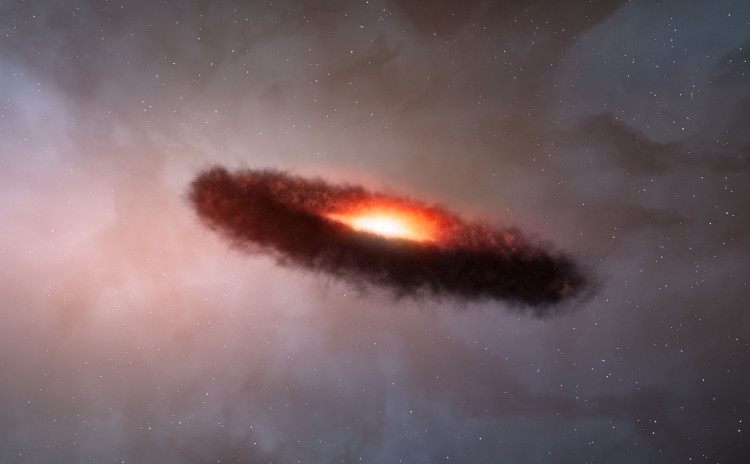Once stars like our sun die, an uncovered core is all that remains - a white dwarf. According to Cornell researchers, a planet orbiting a white dwarf provides a promising chance to determine if life will survive the star's demise.
They demonstrate how NASA's forthcoming James Webb Space Telescope could detect life signatures on Earth-like planets orbiting white dwarfs in a report published in The Astrophysical Journal Letters on Sept. 16, 2020.
A planet orbiting a small star creates intense atmospheric signals while moving in front of it, or "transits." This is taken to the limit by white dwarfs: they are 100 times smaller than our sun, about as tiny as Earth, presenting observers with a remarkable chance to classify rocky planets.
"If rocky planets exist around white dwarfs, we could spot signs of life on them in the next few years," said Lisa Kaltenegger, associate professor of astronomy in the College of Arts and Sciences and director of the Carl Sagan Institute, and corresponding author of the paper.
The James Webb Space Telescope, expected to be deployed in October 2021, is ideally positioned for discovering signatures of life on rocky exoplanets, co-lead author Ryan MacDonald, a research associate at the institute, said.
In a separate study, led by co-author Andrew Vanderburg, assistant professor at the University of Wisconsin, Madison, the discovery of the first transiting giant planet orbiting a white dwarf (WD 1856 + 534b), announced on Sept. 16, proves the presence of planets around white dwarfs. Also in this paper, Kaltenegger is a co-author.
This world is a gas giant, which means it is not capable of supporting life. Yet its presence indicates that in the habitable zones of white dwarfs, smaller rocky planets that could support life could still exist.
The researchers fused state-of-the-art analytical methods regularly used by the Hubble Space Telescope with the model atmospheres of white dwarf planets from previous Cornell studies to detect gases in massive exoplanet atmospheres.
NASA's Transiting Exoplanet Survey Satellite (TESS) is now searching for rocky planets near white dwarfs. Kaltenegger and her colleagues have built models and methods to detect indicators of life in the atmosphere of the planet if and when one of these worlds is discovered. The quest may soon begin using the Webb telescope.
The ramifications of discovering life signatures on a planet that is circling a white dwarf are deep, Kaltenegger said. The bulk of stars, including our sun, will end up as white dwarfs one day.
Will life survive, even if our sun is dead? Not only can the signs of life on planets orbiting white dwarfs demonstrate the remarkable tenacity of life, but maybe a peek of our future as well.





